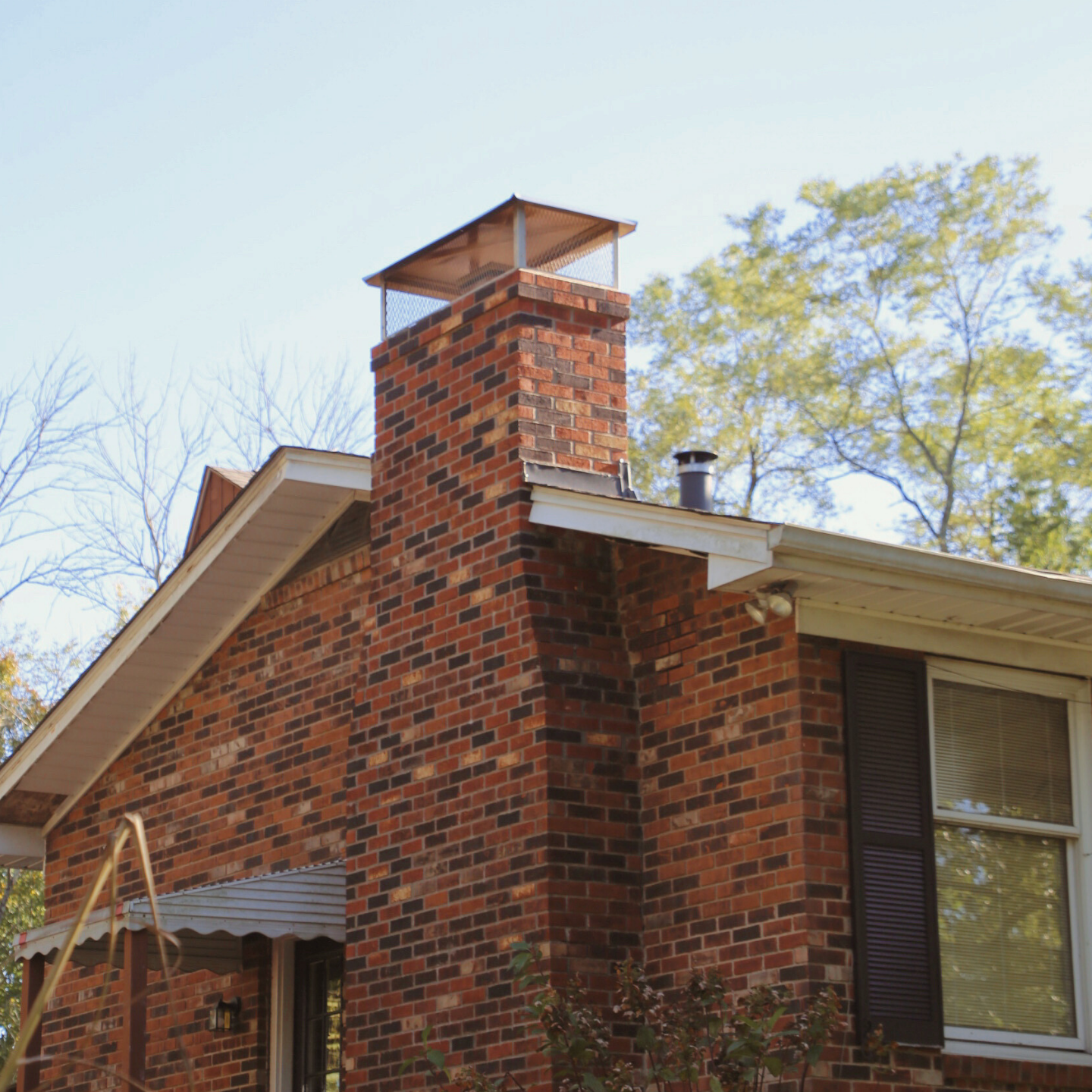The “3-2-10 Rule” and Other Chimney Basics
Everybody knows that chimneys are built to move smoke and combustion gases from a fireplace to the outside of the house. What a lot of people don’t realize is that chimney construction is a fairly intricate process with little room for error.
Chimney Sweeps Inc. of Lakeside, CA, would like to tell you about some of the specs that chimney builders have to meet in order to provide a safe and efficient drafting system for fireplaces.
 The 3-2-10 rule lays the foundation
The 3-2-10 rule lays the foundation
This chimney construction rule says:
- The chimney needs to extend at least 3 feet above the roof on the side of the chimney where the roof is highest.
- The top of the chimney must be at least 2 feet higher than any part of the roof or any component on the roof that’s within 10 feet of it.
Reasons for the rule
Drafting
The height of a chimney plays an important role in how well the chimney drafts smoke and dangerous combustion gases from the fireplace. It has been found that chimneys built three or more feet above the roofline provide optimal drafting, while shorter chimneys often draft more slowly and with much less efficiency.
Along with the height of the chimney, the diameter of the flue liner also affects how well a chimney drafts. When a fireplace and chimney are built, the chimney liner – which contains the entire drafting space – should be sized according to the type of fireplace it’s connected to.
A chimney that’s too short and a flue area that’s too small or too large will cause drafting issues that can lead to:
- Smoke and carbon monoxide backing up into the home
- Trouble getting fires started and keeping them going
- Excess buildup of flammable creosote in the chimney flue
Safety
Building the top of the chimney two feet higher than anything within ten feet of it is a safety measure. During normal fireplace use, fiery embers and sparks can exit the top of the chimney and damage the roof or components if they’re too close.
In the event of a chimney fire, flames can leave the top of the chimney. Keeping the chimney top well-separated from the roof and its components will help to prevent things outside the chimney from catching on fire.
Other chimney drafting and safety concerns
Just because a chimney is built with the 3-2-10 rule doesn’t mean that’s the end of keeping it safe and operational. Here are some tips to help your chimney perform at its best.
- Have the flue professionally cleaned (swept) once a year to remove flammable creosote
- Schedule annual chimney inspections
- Burn only dry firewood
- Never burn anything other than firewood in your fireplace
- Make sure the top of the chimney has a secure chimney cap to guard against rain, debris, and small animals
- Get repairs done as soon as problems are discovered
- If you ever notice anything “odd” or “unusual” with your chimney, call your chimney company right away
 Chimney efficiency is our business
Chimney efficiency is our business
Chimney Sweeps Inc. knows all the rules for making chimney systems work like they should. We provide licensed chimney inspections, certified chimney sweeping, and complete chimney repairs.
If you’re having chimney trouble, give us a call or reach out through our handy contact form. We serve the greater Lakeside, CA, region, including communities throughout San Diego County.


